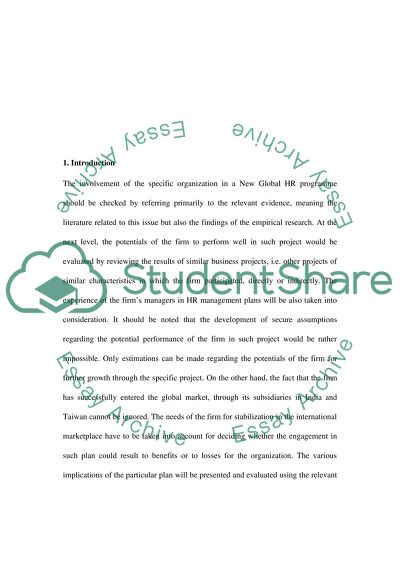Cite this document
(“Employee Engagement (MA Human Resource Management) Coursework”, n.d.)
Retrieved from https://studentshare.org/finance-accounting/1412547-employee-engagement-ma-human-resource-management
Retrieved from https://studentshare.org/finance-accounting/1412547-employee-engagement-ma-human-resource-management
(Employee Engagement (MA Human Resource Management) Coursework)
https://studentshare.org/finance-accounting/1412547-employee-engagement-ma-human-resource-management.
https://studentshare.org/finance-accounting/1412547-employee-engagement-ma-human-resource-management.
“Employee Engagement (MA Human Resource Management) Coursework”, n.d. https://studentshare.org/finance-accounting/1412547-employee-engagement-ma-human-resource-management.


